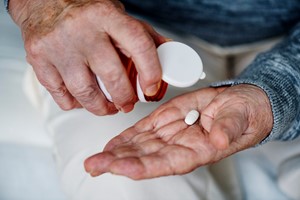Antipyretics are medications used to reduce fever, a common symptom of many infections and inflammatory conditions. These drugs work by lowering the body’s temperature set point, alleviating discomfort and reducing risks associated with high fevers. The most widely used antipyretics include acetaminophen (paracetamol) and nonsteroidal anti-inflammatory drugs (NSAIDs) like ibuprofen. While antipyretics have been around for decades, recent innovations in this field are advancing the ways in which fevers are managed.
One of the latest innovations in antipyretic medications is the development of targeted delivery systems, such as nanoformulations. Researchers have been focusing on enhancing the efficiency and precision of antipyretics by integrating nanotechnology. This approach allows for a more controlled release of the medication at the inflammation site, potentially reducing side effects and enhancing efficacy. For instance, by using nanoparticles as a delivery method, antipyretics can be directed specifically to infected or inflamed areas in the body, leaving other organs less affected. This level of precision also holds promise for patients with chronic inflammatory conditions who require long-term fever management.
Brands at the forefront of antipyretic advancements include Johnson & Johnson and GSK, which are actively working on improving drug formulations for better patient outcomes. GSK, known for its popular antipyretic brands like Panadol, has been researching nano-based drug delivery systems that aim to provide prolonged fever relief with minimal dosages. Similarly, Johnson & Johnson has been exploring ways to integrate advanced antipyretic formulations in its line of consumer healthcare products to improve their safety and efficacy profiles.
These innovations not only contribute to better fever management but also represent a shift towards personalized medicine. As more research unfolds, the future of antipyretics is expected to become increasingly patient-centered, focusing on minimizing side effects while maximizing the efficiency of treatment in various fever-causing conditions.
By healthHQ Staff










